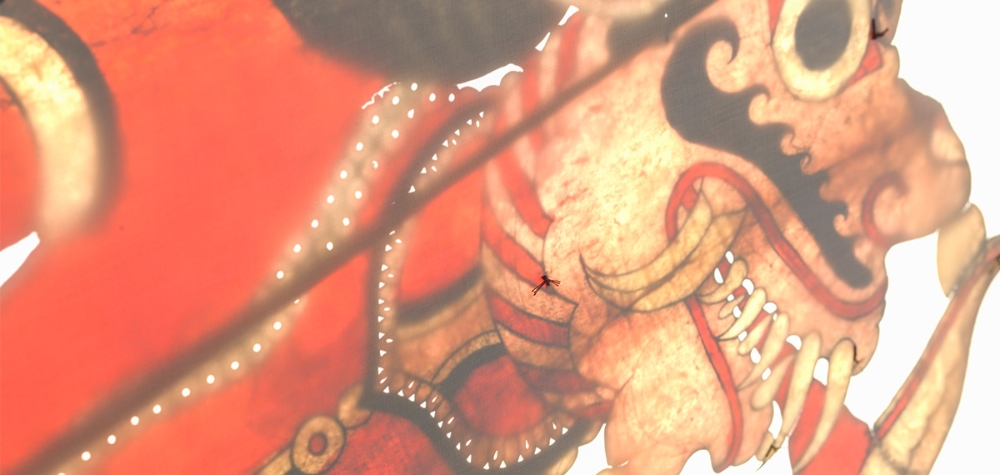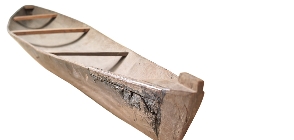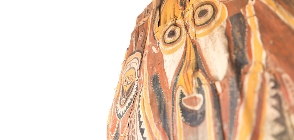Measurement and measuring permeate our lives. Bigness, however, cannot be analysed anthropologically in terms of bulk or scale alone. To be recognized as "big", additional characteristics are needed that are culturally rooted – whether in global perceptions, like tall buildings with their symbolic strength, or in local forms such as exchange systems, or in world concepts of specific communities such as religious groups with their sacred sculptures. Relativization is also part of bigness, expressed, for example in the formula "bigger than"; mostly it is the human being who serves as the scale, a human scale.
No independent field of research has yet been established with regard to the anthropological consideration of size and bigness. Much more it is a cross-section theme, which has or should have significance in all anthropological thematic fields. With the exhibition BIG – Things Interpretations Dimensions, and the publication of the same name, we are undertaking a first approximation, in which we cast rays of light on bigness in economic, social, political and religious fields.
In her contribution, "Anthropology of Size – Taking a First Measurement", Beatrice Voirol deals exemplarily with four things: the telescope, the measuring rod, the container and the breast implant. Guided by the premise that both the process of enlargement as well as that of standardization are situated culturally, she contrasts scientific and religious cosmologies and looks at the perception of maximizing – whether in an economic sense or in the beauty industry. In "Total Architecture: Opposition and Integration in the Gogodala Longhouse" in Papua New Guinea, Michael Hirschbichler takes on the ambitious project of connecting the social structure of this group with specific characteristics of the architecture of the longhouse and its multiple uses. He interprets the longhouse as a "physical materialization" and integrating element of the overlapping schemata of order of this group. Reinhard Wendler considers the phenomenon "Big Data and Other Giants". Beginning with the figure of the giant in sagas and tales, he characterizes the tremendous amount of data – the big data phenomenon – as a "demi-leviathan, as a hybrid being that is at the same time immeasurably big and surprisingly small". Small because the amount of data can in no way capture the richness and abundance of life; big because the application and management of data – this includes essentially the development of pertinent programmes – would lead to radical changes in human life. Instances of a real mania of measuring are sprinkled among these essays. Beatrice Voirol, Daniel Wyss, Réka Mascher and Anna Karsko have collected some factual and astonishing examples. The spectrum ranges from formulas to determine normal weight, intelligence quotients and male and female size ratios to the calculation of how much a traffic victim is worth in Switzerland: 2.94 million Swiss francs.
Despite all of the measurements and numbers, a further parameter is necessary for an "anthropology of size". An example will make this clearer.













































